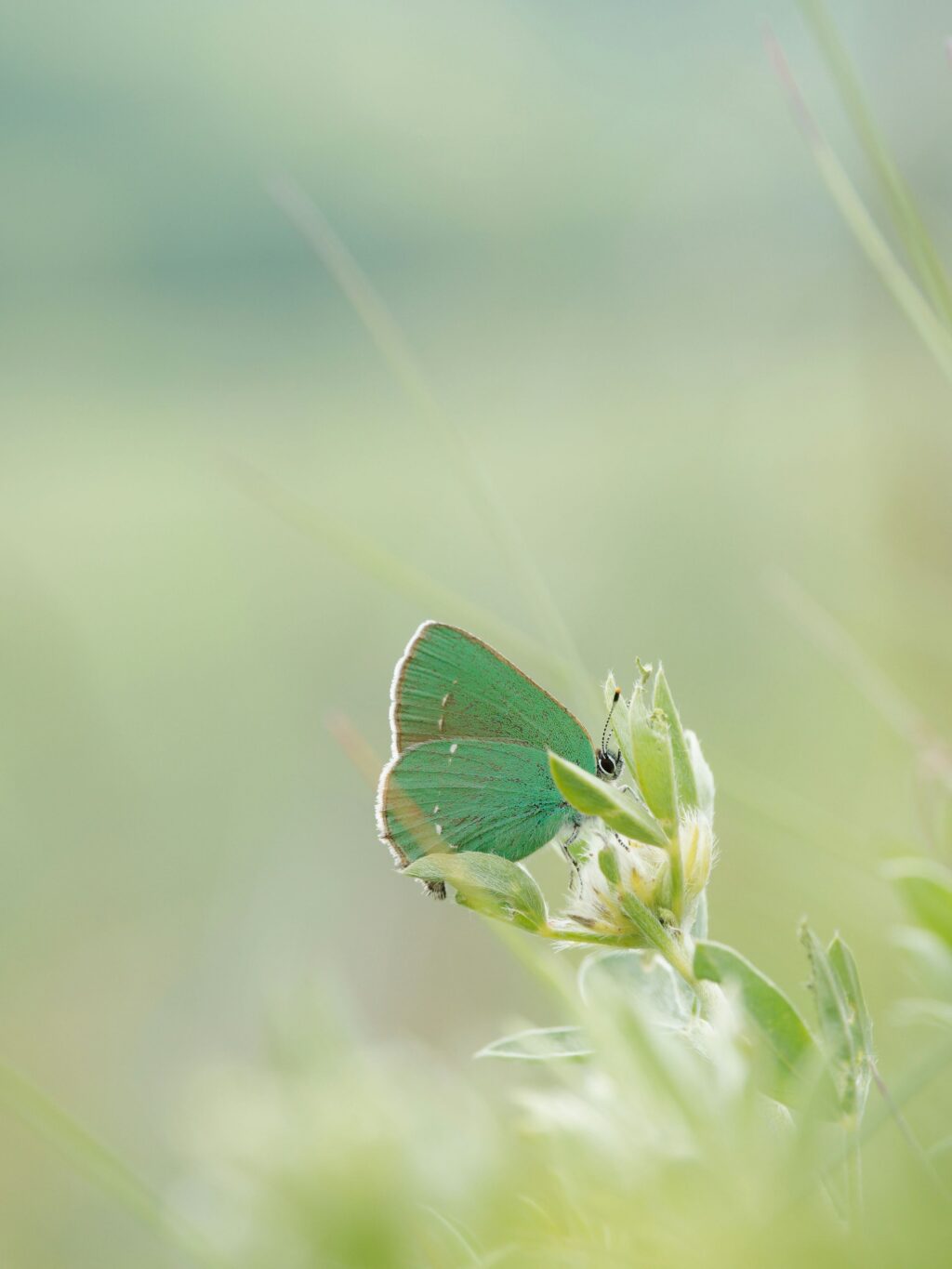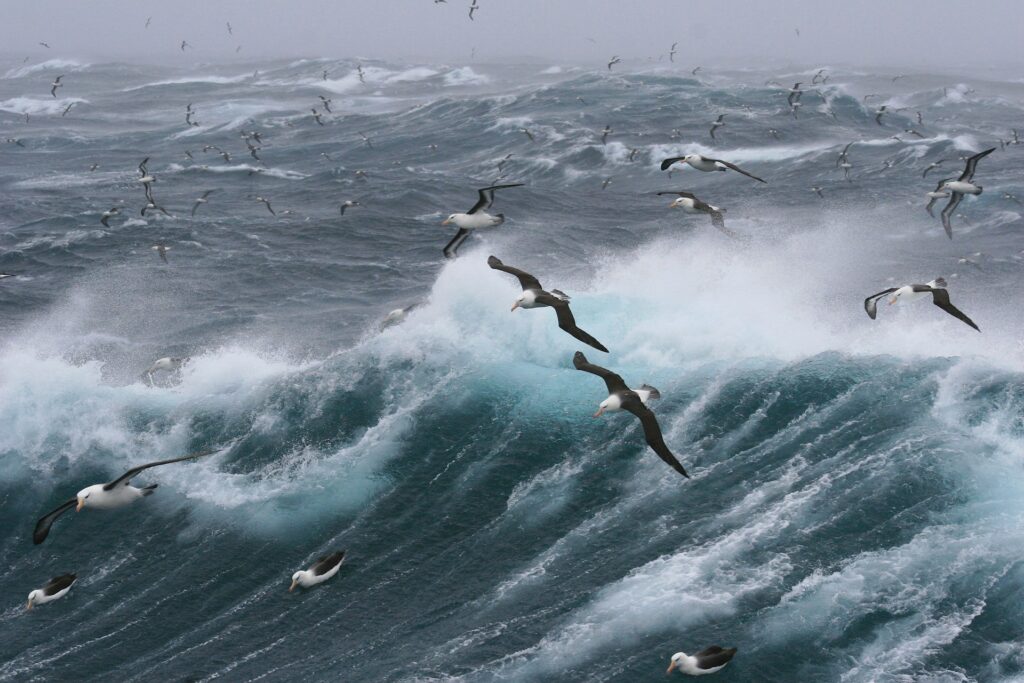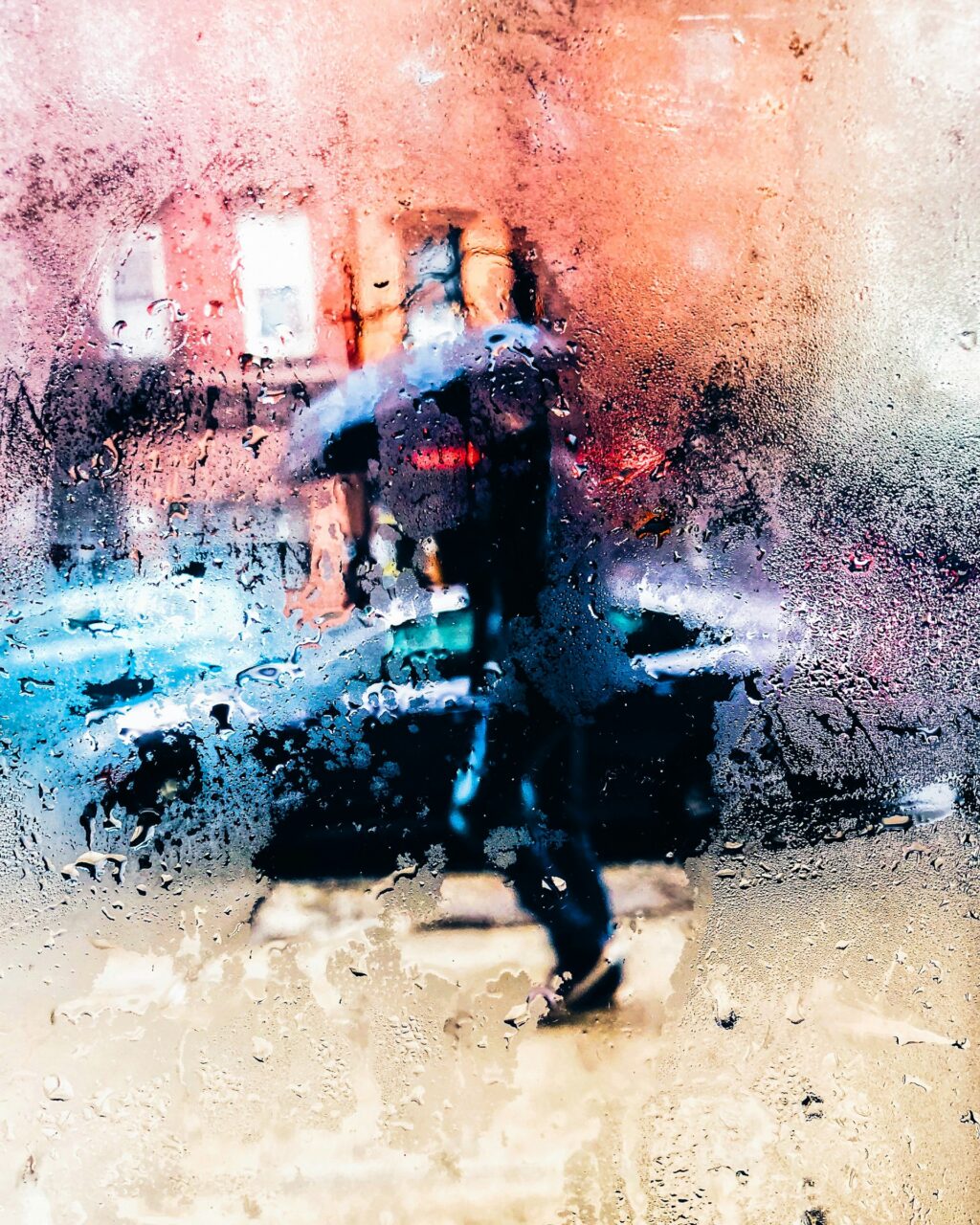Long exposure photography is one of the most amazing and fun types of photography using which one is capable of capturing stunning images that have an ethereal quality. This can be done during the day or night and opens doors to endless creativity. Some photographers tell beautiful stories and create artful photographs using this technique and one of them who has inspired us with some creative projects is Rachael Talibart.
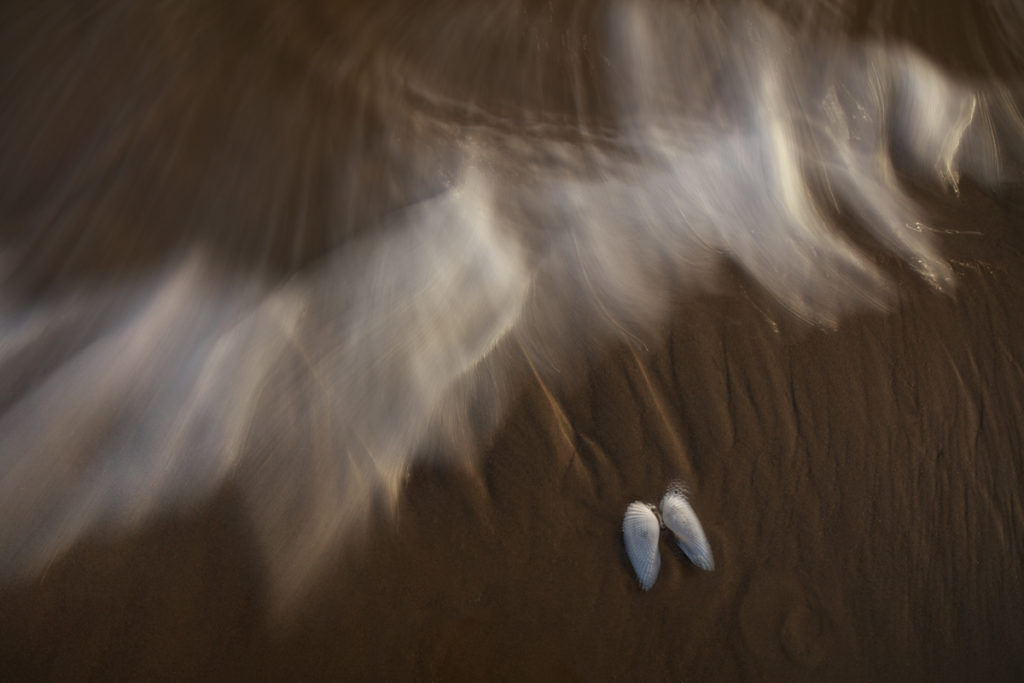
Here is a little bit about Rachael and her projects:
Rachael Talibart is a professional coastal photographer based in the South of England. She grew up in Sussex and it still feels like home to her even though she now lives in a suburb of London. Most of the Sussex coast is shingle and some of these beaches are battered by mighty waves in the winter.
Until recently, Rachael has been best known for her fast-shutter photographs of these monstrous storm waves. These photographs won several awards and became the subject of her second photo book, Sirens, published in 2018. However, Rachael’s photography has never been just about storm waves and, in December, her third monograph, Tides and Tempests, was published by Kozu Books. With over 120 images, it showcases not only several new ‘Sirens’ but also photographs that celebrate the other moods of the ocean, from traditional vistas to textures on sea walls to painterly abstracts of sunlight on water.
Tides and Tempests also includes a couple of photographs from another long-term project. Even while she was creating Sirens, Rachael was also enjoying quieter moments on the few sandy stretches of beach that Sussex possesses. Some of those photographs have now come together in another project, called Ghost in the Shell. This ongoing series explores the afterlife of organic objects found at the tide-line. These objects are inanimate but once had a life: shells once housed mollusks and fragments of chalk were made from tiny marine creatures and the calcareous remains of algae.
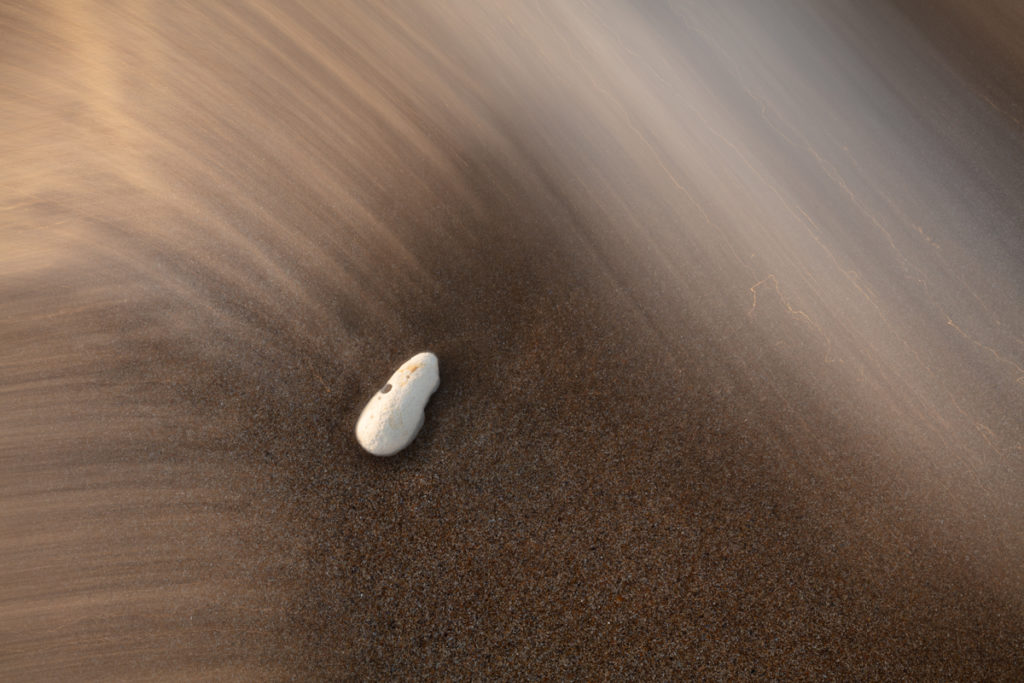
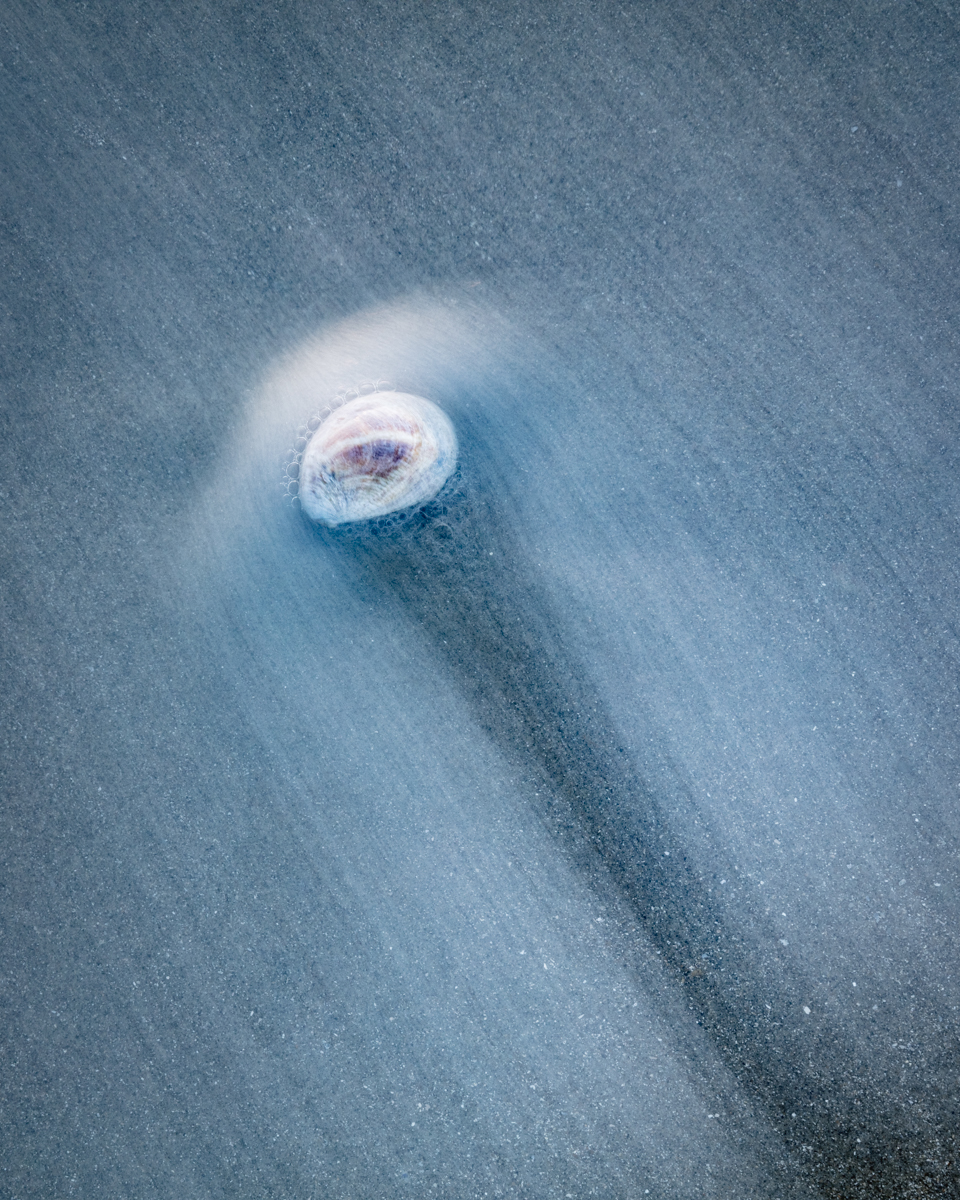
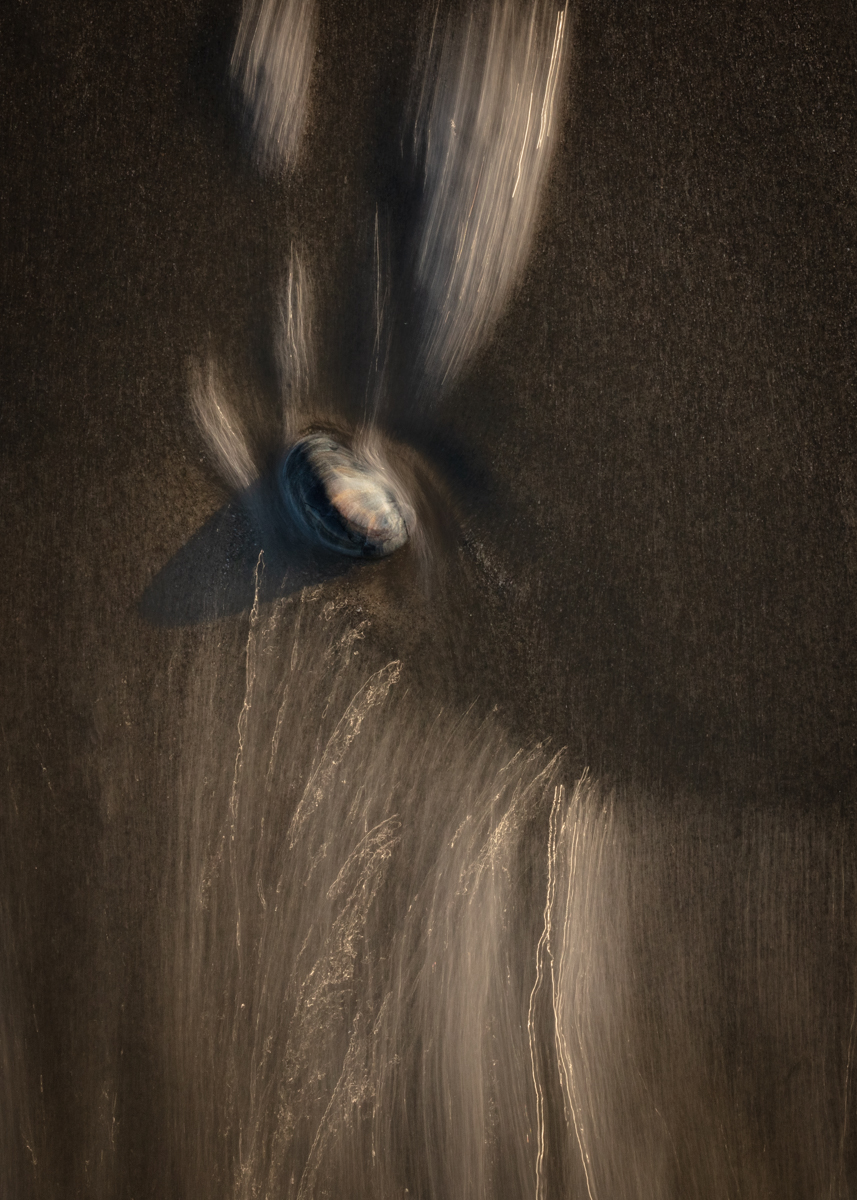
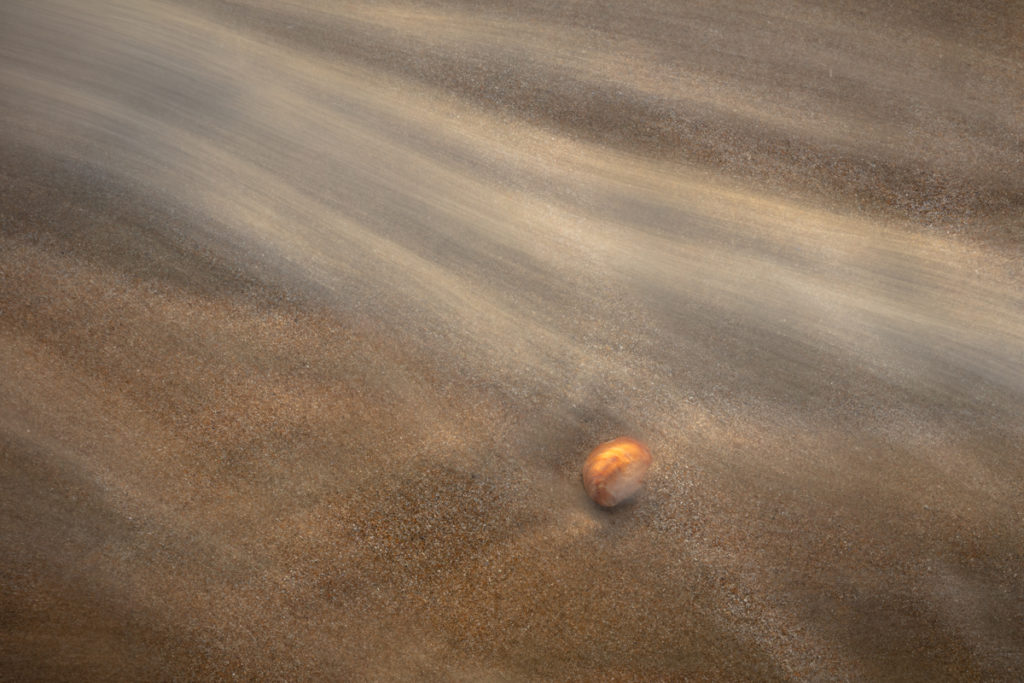
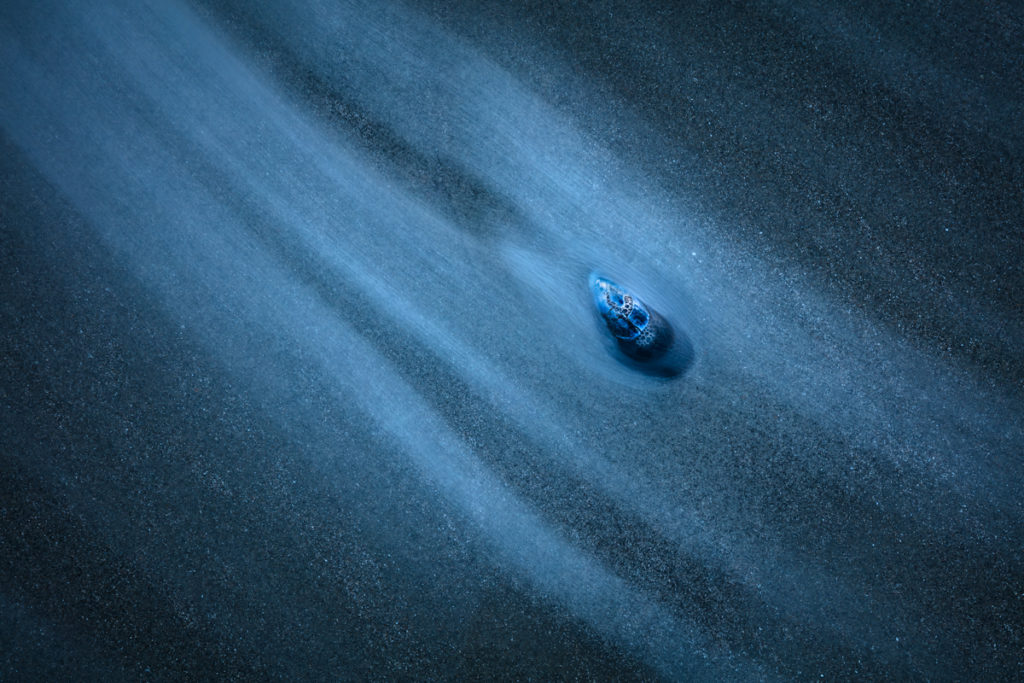
Using slow shutter speeds, Rachael contrasts the stillness of the objects with the movement of seawater as a ghostly echo of the life these objects once had. She says that days, when she has been content to concentrate on these little dramas instead of the bigger vistas, are among her favorites.
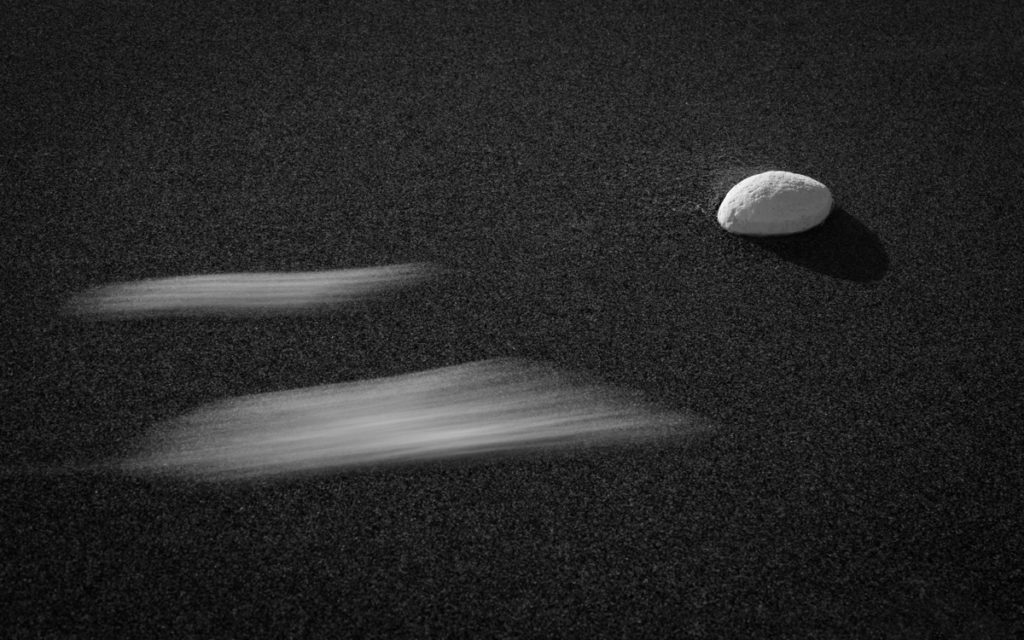
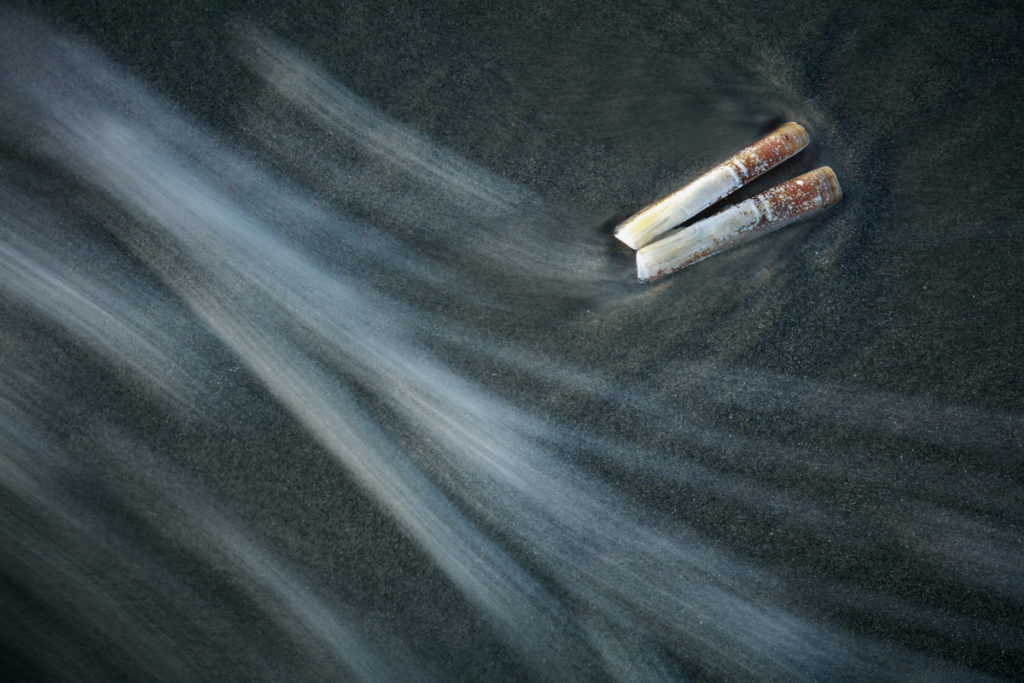
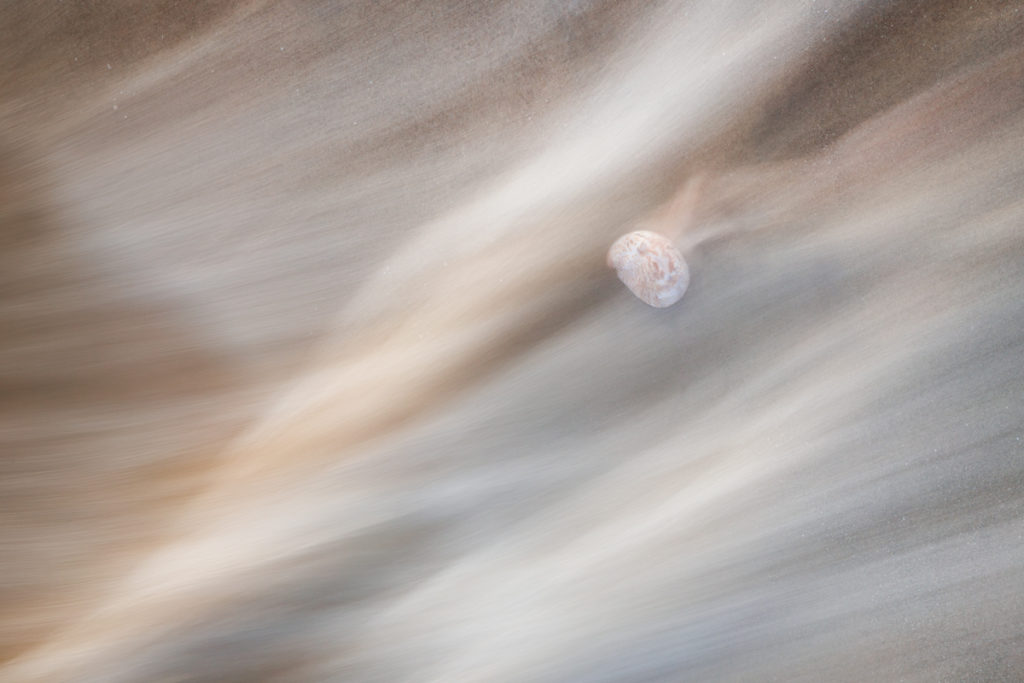

Luckily, there are usually a lot of shells on her closest beaches. Some common shells are there all year round, like mussels and slipper limpets. Others show up seasonally or after big storms, or when you least expect them.
Chalk is the dominant rock on the Sussex coast and small pieces are strewn across many beaches, so these have formed part of the project too. When working on the project, Rachael will take a gentle stroll along the tide line, to what the sea has offered up. When she finds an interesting shell with water curling around it, she will set up her tripod and wait for the perfect moment.
Often, it seems as though the sea curls beautifully around every other object on the shore except the one being photographed. Or the sea picks up the shell and carries it away. For Rachael, this uncertainty is all part of the fun. While waiting for the moment, she has time to absorb everything else brought to her by her senses, the smell of the ocean, the sound of the waves, the call of sea birds, the taste of salt carried by the wind.
Unlike the Sirens photographs, which were mostly taken at fast speeds of around 1/1000, the Ghost in the Shell photographs require slow shutter speeds to express the movement of the water as a contrast to the static shells. The exact shutter speed depends on the conditions, as the sea doesn’t have a constant speed. About half a second is a good place to start. After that, it’s all about the shape the water makes around the shell and the light.
Rachael prefers low-side lighting at the beginning and end of the day because it helps create the painterly aesthetic that characterizes the series.
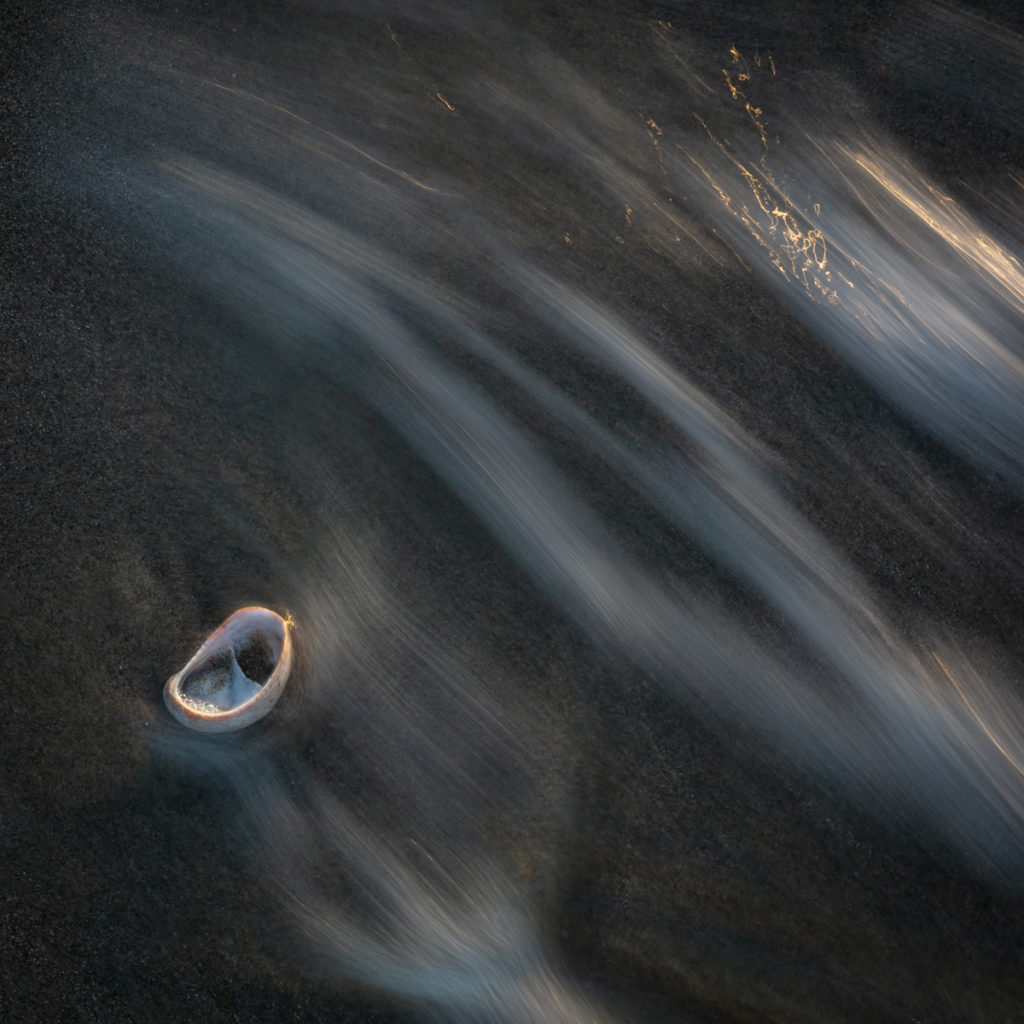
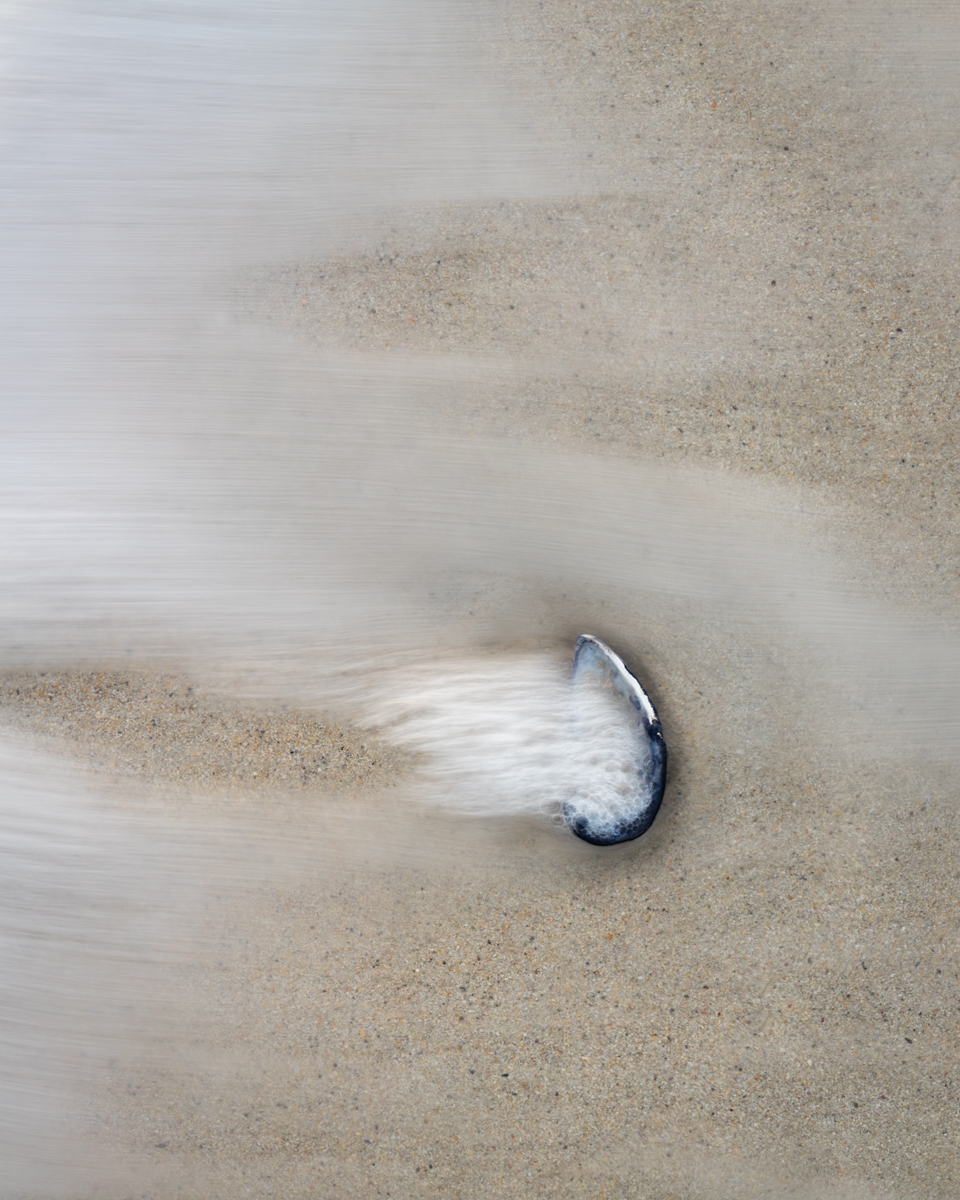
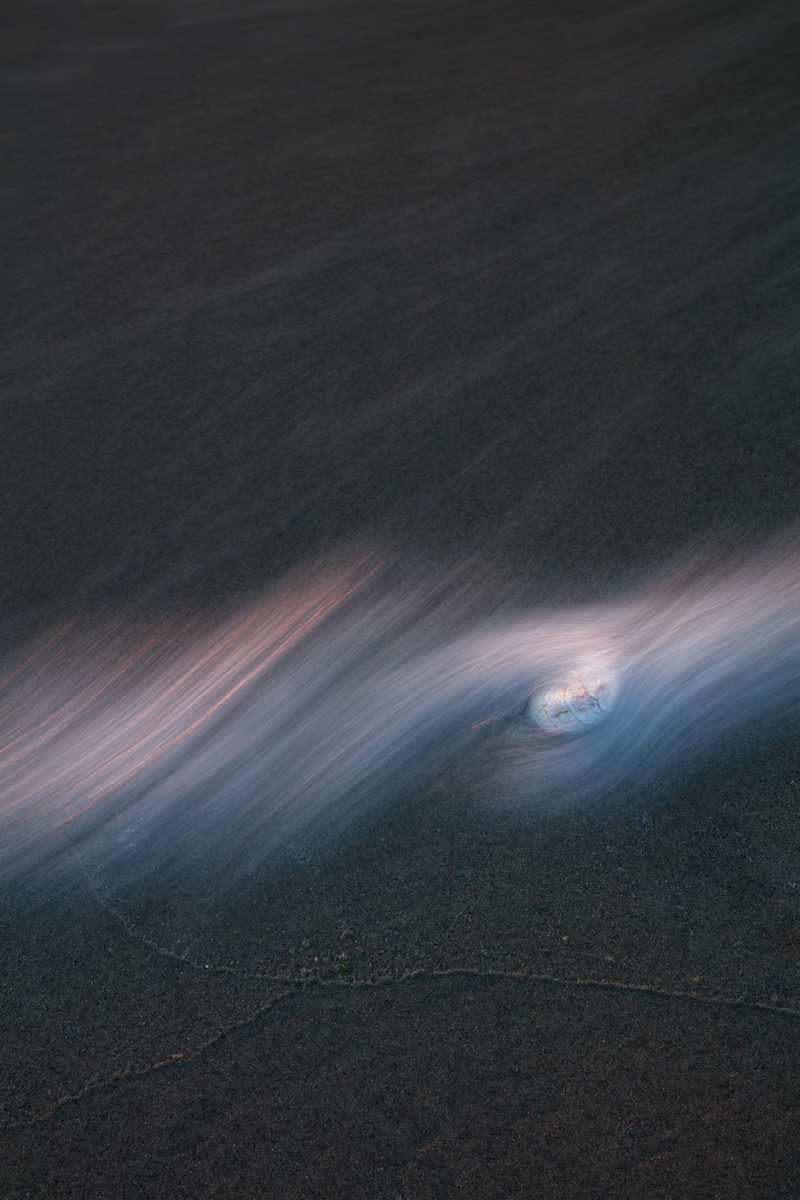
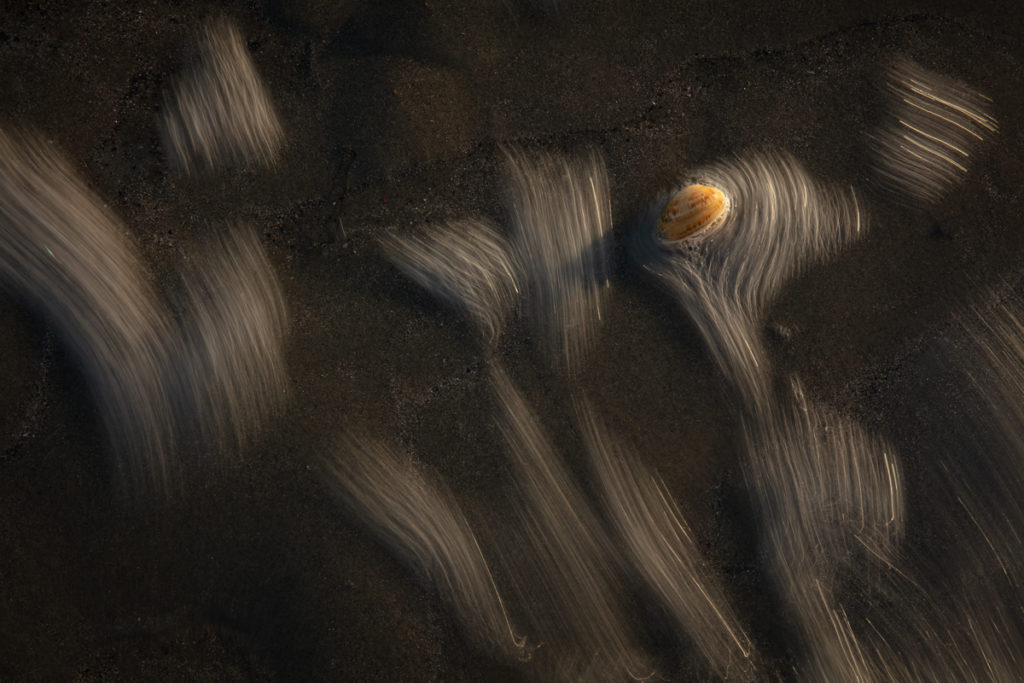
Rachael’s preferred lens for this work is her 24-70mm lens, on a full-frame camera. It can focus on close objects and offers good corner-to-corner sharpness. Rachael uses a heavy metal tripod and pushes the legs into the sand to keep it steady. The camera needs to be as parallel to the sand as possible to keep everything within the plane of focus. Sometimes, it’s a challenge to avoid including the shadow or reflection of the tripod legs. Rachael is a LEE Filters Master and she uses their neutral density filters to slow the shutter and a polariser. A cable release allows her to capture the precise moment.
For Rachael, the possibilities with this sort of photography are endless. Although her project is about shells, she has used the same techniques to photograph other things at the tide-line, from seaweed to rocks to flotsam and jetsam. She even tried it with feathers – now that really took patience! Embracing the details at the coast means that she always has something to do because when the sky is boring, usually bad news for a traditional landscape photographer, she can still point her camera down. Finally, projects like this enrich Rachael’s experience of the world because they make her more observant of the little things that others might walk past, or on!
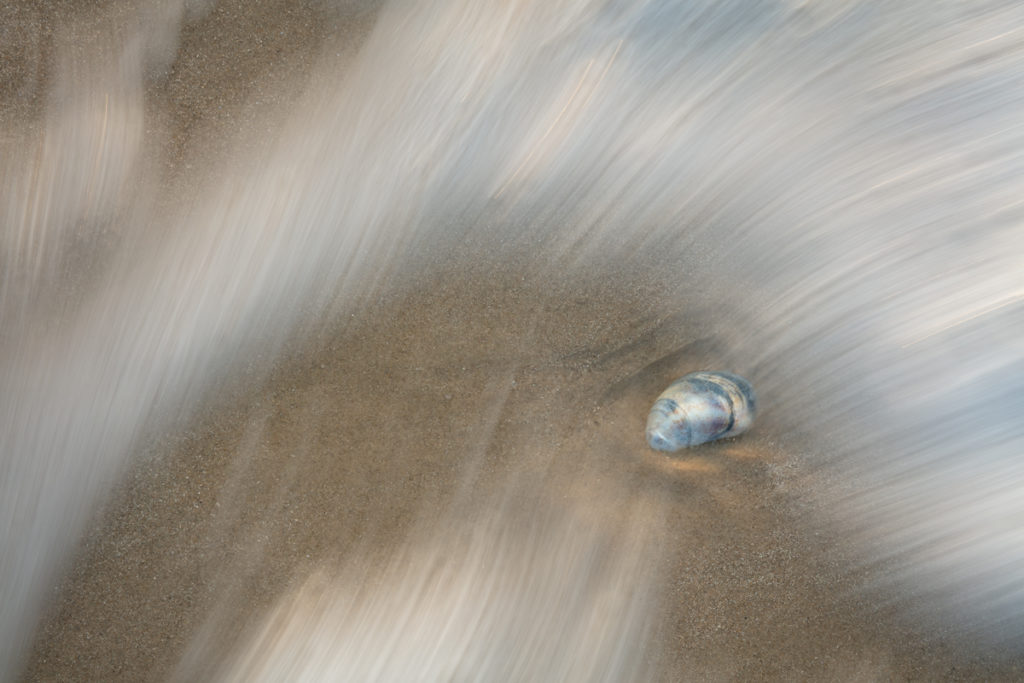
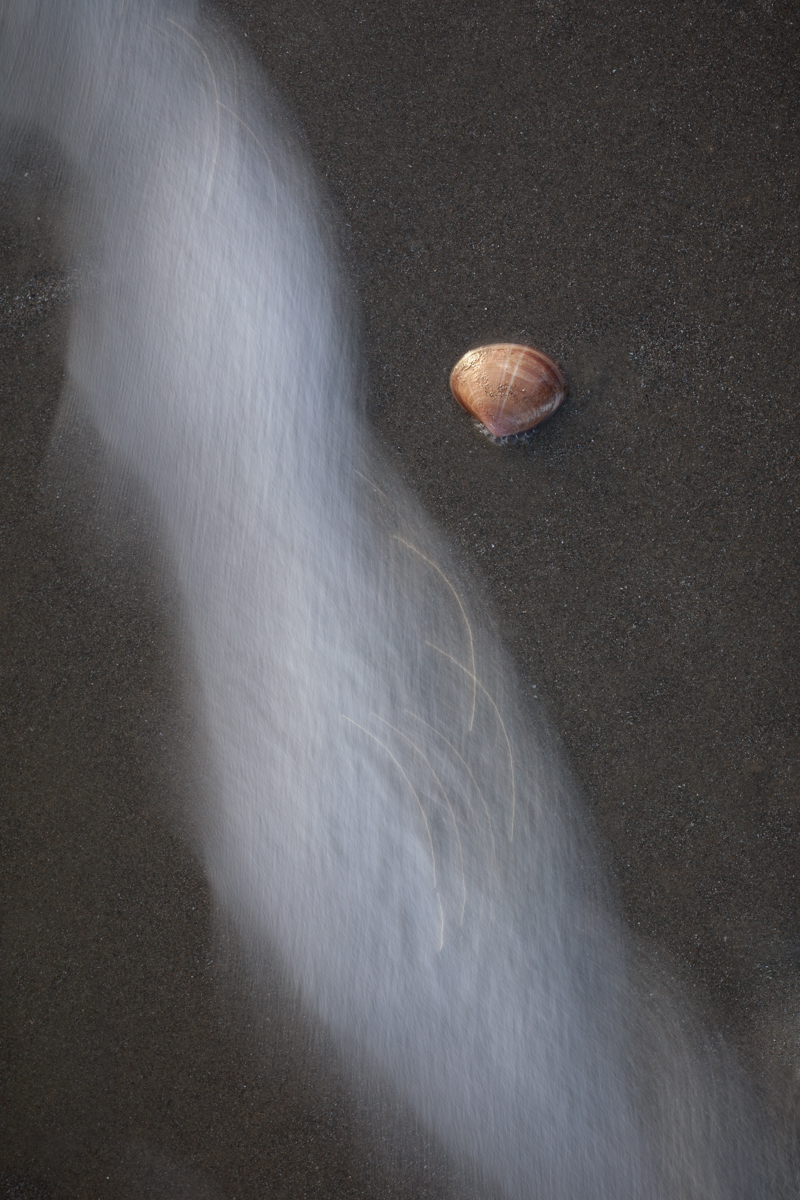
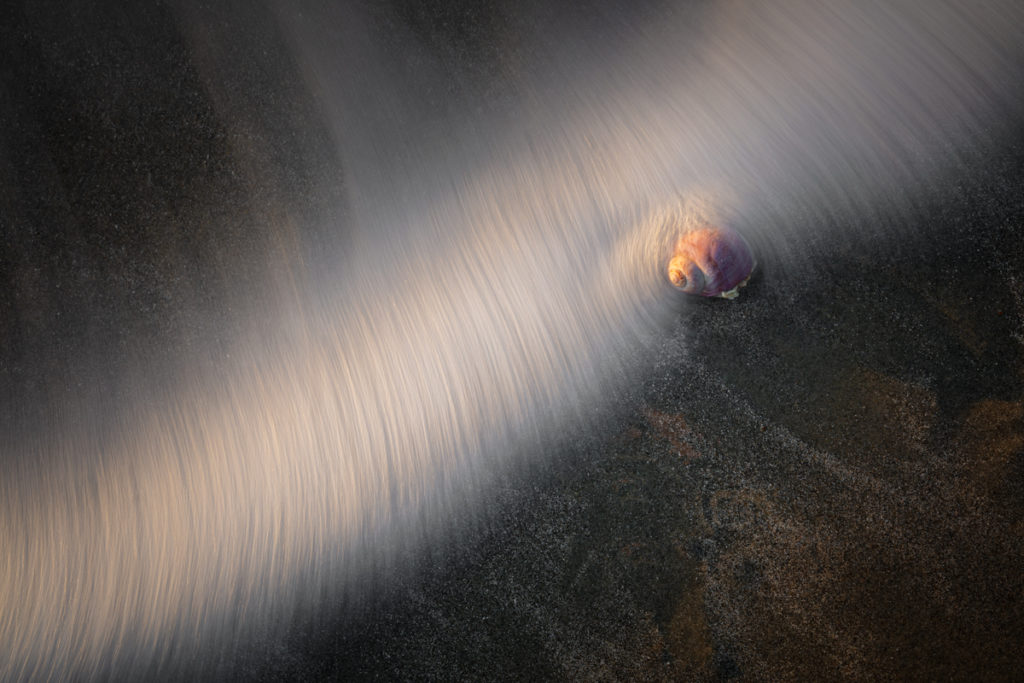
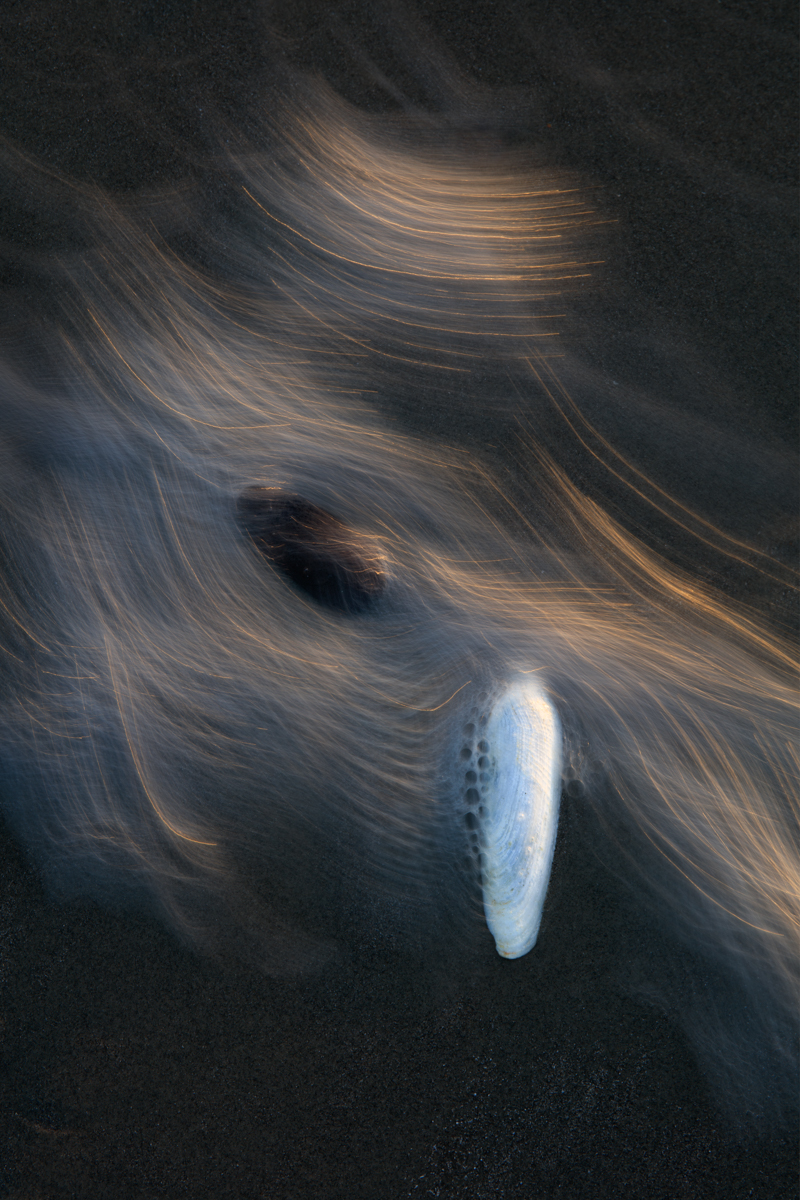
If you like Rachael's work and would like to follow her for more of her projects and photos, here are the links to her website and social media:
Further Resources:
- Don’t Make These Mistakes When Shooting Long Exposure
- A Guide To Long Exposure Architectural Photography
- 21 Awesome Long Exposure Photography Ideas
- A Simple Way to Get More Interesting Long Exposure Landscape Photographs
- 13 Long Exposure Tutorials To Take Your Shots To The Next Level
- 4 Common Long Exposure Photography Mistakes And How To Avoid Them

